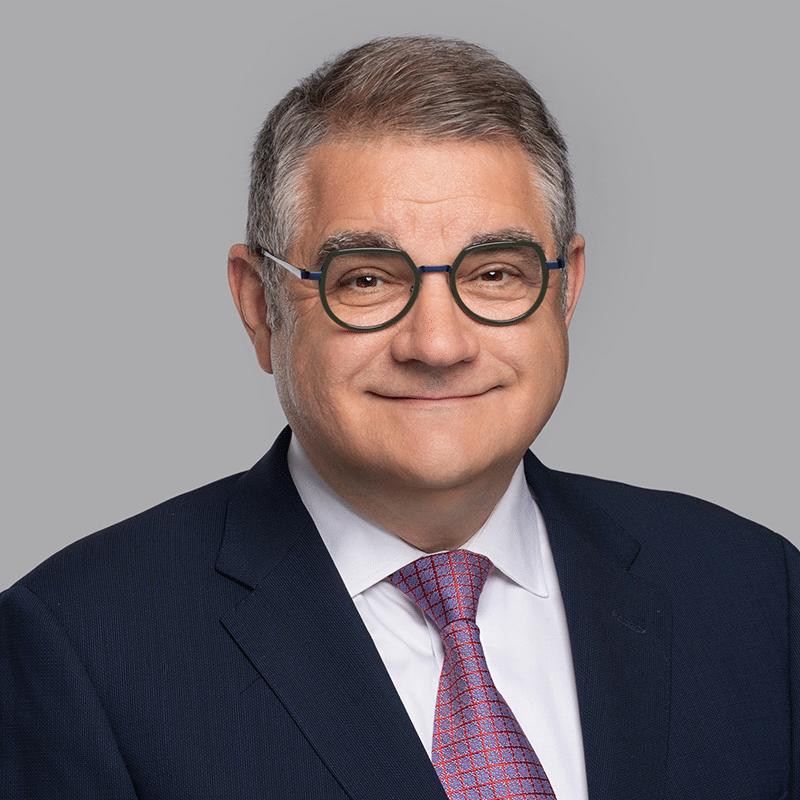
Every year, it is estimated that more than 1,700 Canadians[1] are diagnosed with spinal cord injuries as the result of traumatic injury. Here in Canada, we are lucky to have access to world-leading treatments and technologies that can help accident victims to live more comfortably and to regain some of their physical abilities. Currently, members of the spinal cord injury community are paying a lot of attention to new advances in neuromodulation treatments.
Neuromodulation goes by many names (Functional Electrical Stimulation, stim-walking, etc.) and involves the alteration or modulation of nerve activity by delivering electrical signals directly to the nerves in a specific target area. Neuromodulation devices and treatments are life changing. They can be used on every area of the body and treat many areas and functions that are affected by spinal cord injury including bowel and bladder control, pain regulation and even potentially, mobility.
Neuromodulation works by actively stimulating nerves to produce a natural biological response by directly targeting an area. Although neuromodulation is not a cure for spinal cord injury paralysis, researchers are finding that this simple treatment can “restart” dormant nerves on the spinal cord which then could lead to potential increases in function, reduction of pain, and possible advancement of some recovery especially during rehabilitation.
Neuromodulation technology is over 40 years old but is quickly being revamped and updated and several companies are coming on line to develop next-generation technology for this type of treatment. Several studies are being conducted around the world and here in Canada to test two unique spinal cord stimulator systems that are used to treat a variety of injuries. The Transcutaneous system is a non-invasive technique that uses skin electrodes placed over the lower back or neck. The Epidural Stimulation system is a surgical procedure where a chip is implanted over the dura (the “protective coating”) of the spinal cord. The patient is then equipped with an external pulse generator and with a click of a button, a pulse is sent past the area of injury to stimulate movement of the limbs. Both of these systems are undergoing clinical trials in Toronto and Calgary and both are partly funded by the Canadian Spinal Research Organization (CSRO). The CSRO helps to fund research and raise awareness of new developments that can improve the lives of individuals with spinal cord injuries.
This is all exciting and hope-inspiring news for people who are living with spinal cord injuries, and their families. However, as is typical for cutting-edge medical treatments, these devices and therapies are expensive. For instance, a Transcutaneous unit costs at least US$ 10,000, while an Epidural Stimulator costs at least as much, plus the additional expense of surgery. These costs can present significant barriers to treatment. As Barry Munro, Chief Development Officer at CSRO notes, “To help people with spinal cord injuries recover function through these innovative applications, it will take clinical studies to prove the efficacy; but just as important, it will take advocacy from those representing people with spinal cord injuries to ensure that they can obtain this treatment. A partnership will need to be formed to ensure the best treatment is getting to those who need it.”
Generally speaking, in an auto accident case, the injured person’s Insurer pays for their medical treatment as an available benefit through their coverage. Even if the injured person does not own a car, they may still get coverage through another Insurer or the Government of Ontario’s Motor Vehicle Accident Claims Fund. That said, the Insurer will require that a treatment meet certain criteria to qualify for payment.
It’s no surprise that, while not determinative, cost is a significant consideration, especially when dealing with non-OHIP-funded forms of treatment or medical procedures. Usually, the cost of a proposed treatment is weighed against the treatment’s goals, expected degree of success, and possibility of overall benefit to determine if it is reasonable and necessary.
If the injured person has a Tort claim, they can also claim treatment costs from the at-fault person (or usually, their Insurer). This applies to automobile accident cases as well as any injury case where compensation is sought from an at fault third party. A Tort claim can also be a source of additional funding if the Accident Benefits do not cover the full amount of an injured person’s treatment costs. However, to succeed in such a claim, there must be a medical justification for the claims, the amount of the expense must be fair and moderate, and the treatment must be reasonable and necessary, having in mind personal circumstances.
Treatments that help patients to improve bodily functionality, manage pain and increase mobility have often been positively considered. There is no clear cut answer as to whether an Insurer may deem neuromodulation to be both reasonable and necessary. As further studies and developments prove the efficacy and benefits of neuromodulation, the prospects of Insurer-based funding should similarly increase. It is likely that Insurers will balk at covering the treatment at first, but the eventual outcome will be decided through litigation and decisions of the Court and relevant Tribunal.
As a personal injury lawyer, I always want to be sure that my clients will be able to take advantage of the most effective treatments for their injuries. I work with my clients and their health care professionals to assess and understand the full nature of their injuries, and to ensure that their benefits, and settlement, will be sufficient to cover the necessary medical care and costs to help them recover to the fullest extent possible.
Michael Henry practices personal injury law, with an emphasis on automobile accidents, insurance and disability claims, and other areas of personal injury litigation including recreation/sports injuries, motorcycle and boating accidents, and serious spinal cord and brain injury matters. Michael can be contacted at 416-361-0889 or by e-mail at mjhenry@hshlawyers.com.
Barry Munro is an award-winning philanthropist and the Chief Development Officer of the Canadian Spinal Research Organization. After working as a personal injury attorney, Barry decided to dedicate his time fully to help find a cure to paralysis. He has also been an influential member in multiple non-profit organizations. Suffering from a spinal cord injury has not slowed him down, but fueled his quest for a cure.
[1] https://sci-bc.ca/info-centre/spinal-cord-injury/#:~:text=Estimated%204%2C529%20new%20cases%20of,and%20other%20non%2Dtraumatic%20causes






